Rare Rides: A 2002 Ronart Lightning, Euro Mustang Relative

What sports car has Aston Martin and TVR-adjacent looks, but is neither of those things? Why, it’s a Ronart! Let’s find out more about the coupe they called Lightning.
The story of Ronart began in 1984, when it was founded by husband and wife team Rona and Arthur Wolstenhome. Based out of Peterborough (a city two hours north of Downtown England), the company’s mission from the get-go was production of bespoke sporty road and race cars.
By the time of Ronart’s birth, the company’s first design was already well underway. Called the W152, work began officially in 1981. After a lengthy development period, production started in 1986. Ronart opted for a classic sports roadster style: It had no roof, and the design was meant to look somewhat like Formula 1 cars from 40 years earlier. Under the Lotus-style backbone chassis, mechanicals for the W152 were based on the first Jaguar XJ-series cars, including six- and twelve-cylinder engines. Upgrades to the roadster turned it into the Mark II in 1996. By then, Ronart was considering a more modern sports car design.
Lightning struck at the London Motor Show in 1999. Ronart worked up its new car very quickly; development time from idea to Lightning concept was six months. The debut collected some real customer orders, so early in 2000 revision work turned the Lightning into a production car. The general design stayed in place, as well as the tubular space frame chassis, carbon fiber body composition, and the targa roof panel. When production started in 2002, Ronart was the first company to use a new type of carbon fiber manufacturing process called SPRINT.
Luxuries were not skipped in the name of cost cutting, as Lightnings were fitted with heated electric Recaro seats, power windows and mirrors, navigation, and a (necessary) backup camera. Ronart’s modern coupe had more modern power, too, as the company borrowed the Ford Mustang SVT Cobra’s V8. Standard versions made 320 horsepower, though the Lightning was also offered in 500-horse supercharged guise. All Lightnings carried a five-speed manual transmission and a locking differential.
Yet the Lightning was short-lived, quickly extinguished by an ownership change at Ronart. The new money behind the brand wanted a strategy change, but ended up changing its mind entirely. After the purchase, they shut down Ronart’s factory and invested in another car firm. In total, seven Lightnings were delivered before the company closed, which included two supercharged examples. Today’s very rare Ronart has 30,000 miles and asks $157,000.
[Images: seller]

Interested in lots of cars and their various historical contexts. Started writing articles for TTAC in late 2016, when my first posts were QOTDs. From there I started a few new series like Rare Rides, Buy/Drive/Burn, Abandoned History, and most recently Rare Rides Icons. Operating from a home base in Cincinnati, Ohio, a relative auto journalist dead zone. Many of my articles are prompted by something I'll see on social media that sparks my interest and causes me to research. Finding articles and information from the early days of the internet and beyond that covers the little details lost to time: trim packages, color and wheel choices, interior fabrics. Beyond those, I'm fascinated by automotive industry experiments, both failures and successes. Lately I've taken an interest in AI, and generating "what if" type images for car models long dead. Reincarnating a modern Toyota Paseo, Lincoln Mark IX, or Isuzu Trooper through a text prompt is fun. Fun to post them on Twitter too, and watch people overreact. To that end, the social media I use most is Twitter, @CoreyLewis86. I also contribute pieces for Forbes Wheels and Forbes Home.
More by Corey Lewis
Latest Car Reviews
Read moreLatest Product Reviews
Read moreRecent Comments
- Wolfwagen How about some standardization of wiper controls? I have 5 different cars in my family's fleet and have driven a ton of rentals for work. Holy F*cking Sh*t Balls! Left side, right side, push the lever up to turn on, push the lever down to turn on, push the lever forward to turn on, pull the lever back to turn, slide indicator to the left to decrease intermittent wipe time, slide indicator to the right to decrease intermittent wiper time.
- Redapple2 Someone else said it. Looks like a 4/5 size ford edge (front and back)
- Rochester Tim, where was your head at in 1984 when it became a law to wear your seatbelt? Personally I thought it was none of the Gubmint's bizniss to force me to belt up. Today, I feel exposed and unsafe without it. My point is, give it time, both the tech and your values will evolve.
- Theflyersfan After looking it over, Honda, I want royalties for this one: The Honda Yawn.
- V8fairy Not scared, but I would be reluctant to put my trust in it. The technology is just not quite there yet





















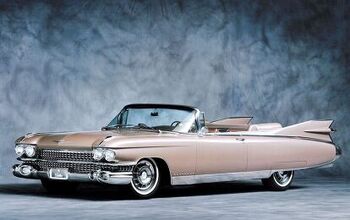
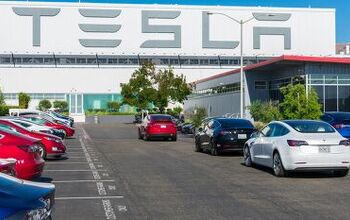
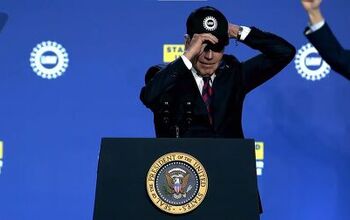
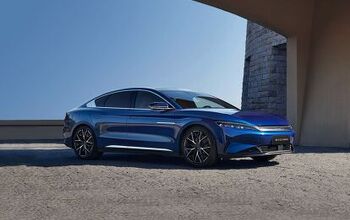
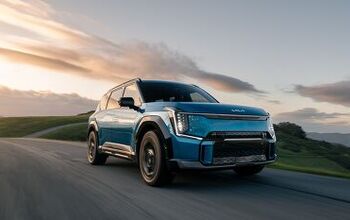
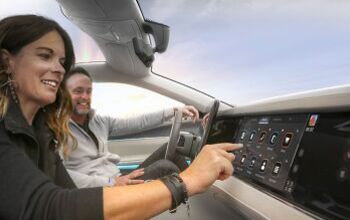

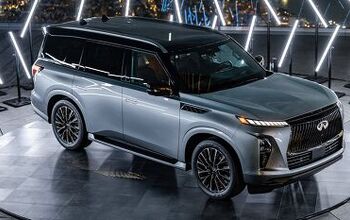
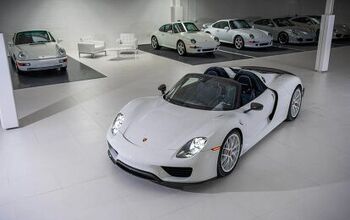
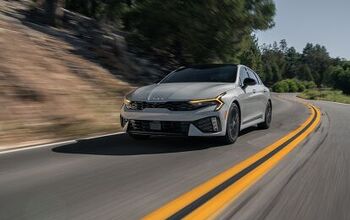
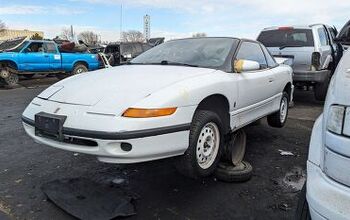
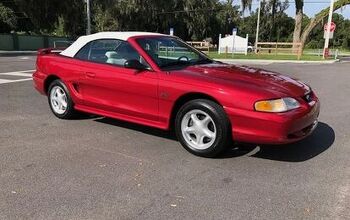
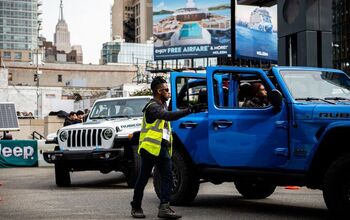

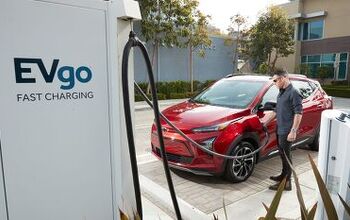
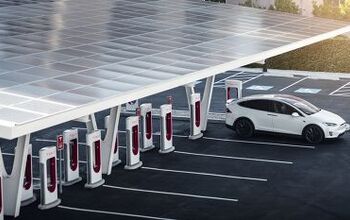
Comments
Join the conversation
Don't know what even to think about it. 157 Gees for what exactly? So no, no comments.
If I had the disposable income I would buy it. Right after a couple TVRs.